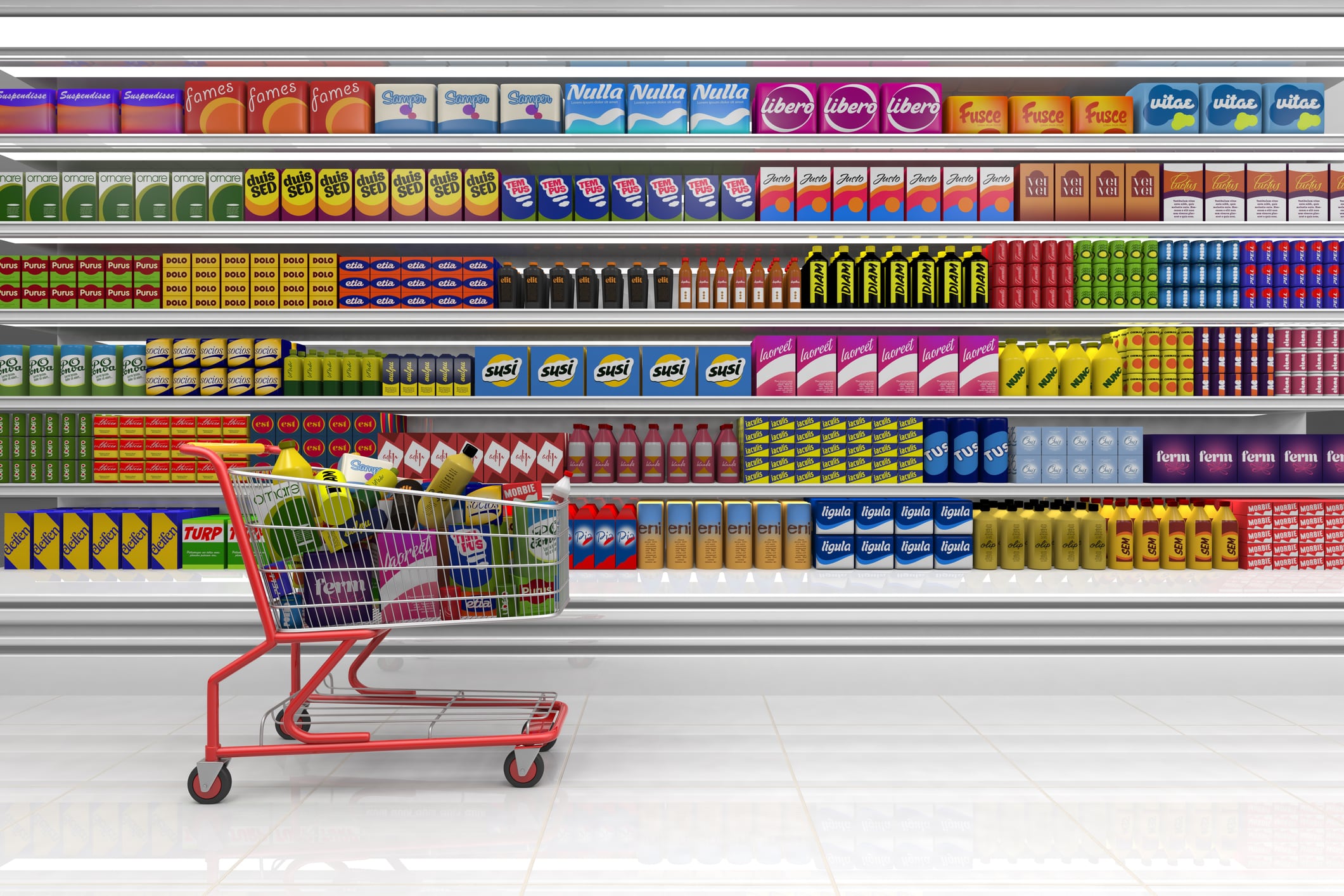Cocoa has been the centre of many manufacturers’ stresses lately. Prices have rocketed and hit a new all-time high.
Larger companies until recently could protect themselves from price rises using the futures market. However, cocoa pricing trauma has taken away that safety blanket. Mondelēz International, for example, recently projected a 10% reduction in adjusted earnings per share (EPS) this year, largely due to cocoa market instability.
What is an inverted futures market?
The futures market allows businesses to buy and sell futures contracts. Commodities can be bought at a time in the future and at a specific price.
Futures markets enable those with the means to hedge against increasing prices by buying commodities at a later date. For example, in cocoa, those who have already drawn up futures contracts to buy cocoa at an agreed price before the price rise will be insulated from the increased costs.
“Before the massive price increase started, cocoa traders and grinders, and chocolate companies, tried to avoid any risk concerning cocoa price. Of course, some of the big companies have their departments focused on the speculation on the cocoa price. But for the physical business, they hedged and avoided risk concerning the cocoa price,” explains Friedel Huetz-Adams, senior researcher at Suedwind-Institute.
When the futures market is inverted, this means the current spot price (price in the present) is higher than the price of futures.
While this may seem like it would work well for cocoa manufacturers, it may not be that simple.
What does an inverted cocoa futures market mean for manufacturers?
Currently, buying cocoa with a March 2025 delivery date is more expensive ($10,000 per ton) than for March 2026 ($8,000 per ton).
This, according to Huetz-Adams, is because expectations around cocoa in the future are more positive than the current state of affairs.
“If you believe that the futures price reflects the expectations of the sector correctly, you might say that the sector expects a better harvest in the next season. But the industry knows that stocks are depleting and that despite the already ongoing price increases for chocolate the demand remained quite stable with only minor decreases,” he explains.

Nevertheless, if the harvest starting in October 2025 is significantly better than expected in March, or demand decreases due to higher prices, the price could drop more significantly than industry expects.
Uncertainties like this mean that large companies, who were once able to protect themselves from price fluctuations by hedging, now must choose between hedging at a much higher price or taking on price risks.
“Companies are now in a position which was usually only the position of farmers who could not hedge and never knew how the price would be in the next season. Companies knew their price in the next season was the price they hedged.”
This uncertainty also weakens the position of chocolate producers when bargaining with customers, such as supermarkets.
When will the price go down?
Will prices go down anytime soon? The short answer is, no one knows.
As long as production remains low, prices will remain high, suggests Antonie Fountain, managing director of the non-profit Voice Network.
“At some point in the next year or two, all the area that has recently been deforested to benefit from the higher prices will come into production, and then we will likely see the prices go down,” he suggests. “But not for at least a year or so, if not longer.”
Suedwind-Institute’s Huetz-Adams is doubtful that they will go back down to old levels anytime soon. Changing weather patterns due to climate change has been a significant disruptor on prices, and this is unlikely to improve drastically.
Both stress that a sudden decrease in prices would be bad for farmers.
A significant price decrease now would mean “a system based on deforestation, exploitation and child labour would continue,” emphasises Huetz-Adams.
“We should see the present price level as a window of opportunity… we should use the time to get adjusted to a higher price level and never go back to prices which are made on the back of farming families.”




